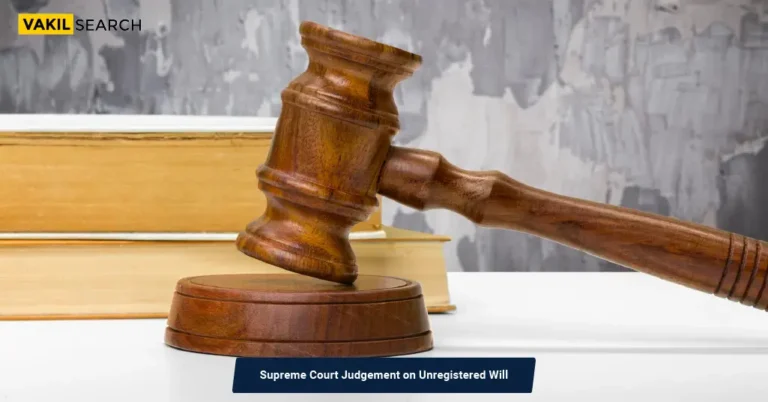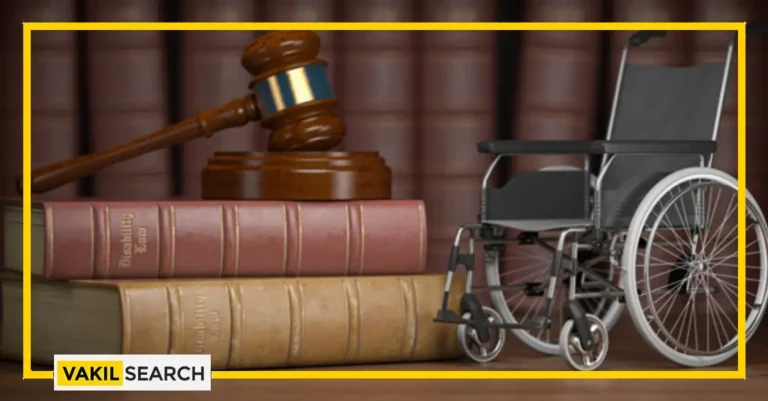The President of India can seek the Supreme Court's opinion on any legal question, though this advice is not binding. This power is rarely used but underscores the Court's esteemed position in the legal system.
The Supreme Court of India stands as the apex judicial body, wielding diverse powers to safeguard the Constitution and uphold justice. Let’s understand its unique jurisdictional landscape.
Three Pillars of Authority
- Original Jurisdiction: Imagine high-stakes disputes between the central government and states, or between states themselves. The Supreme Court acts as the exclusive court of first instance for these, settling legal questions directly.
- Appellate Jurisdiction: Think of the Court as the final court of appeal. It reviews decisions made by High Courts and lower courts, ensuring consistent interpretation and application of law throughout the country.
- Advisory Jurisdiction: In rare cases, the President seeks the Court’s counsel on complex legal matters. This valuable tool helps guide decision-making at the highest level, but the Court’s advice is not binding.
Safeguarding Fundamental Rights
Article 32 empowers the Supreme Court to be the guardian of our fundamental rights. It can issue powerful writs like habeas corpus (to challenge illegal detention) and mandamus (to compel authorities to perform their duty), ensuring these rights are not infringed upon.
Transferring Cases and Resolving Disputes
The Supreme Court has the authority to transfer cases between state High Courts or lower courts, ensuring fair and consistent justice across the country. Additionally, it can consolidate and decide cases involving similar legal questions, preventing conflicting interpretations.
International Arbitration
Under specific circumstances, the Supreme Court can even serve as the venue for international commercial arbitration, demonstrating its global reach and expertise in resolving complex legal matters.
How to reach the Supreme Court
- High Court Certificate: In most cases, a High Court must issue a certificate stating the appeal involves a significant legal question or is of general importance.
- Direct Appeals: In specific situations, appeals can directly reach the Supreme Court, such as when the High Court reverses an acquittal to a life sentence or convicts someone after withdrawing a case from a lower court.
- Special Leave: The Court has broad discretion to grant special leave to appeal any case from any court or tribunal in India.
Additional avenues for appeals
- Presidential Reference: The President can seek the Court’s opinion on specific matters.
- Statutory Appeals: Certain laws provide for direct appeals to the Supreme Court in specific circumstances.
- Election Petitions: Petitions challenging presidential or vice-presidential elections are filed directly in the Supreme Court.
Limitations and procedures
- Review and Reconsideration: The Court can review its own judgments under limited circumstances.
- Contempt of Court: The Court has the power to punish individuals who disrespect its authority.
Public Interest Litigation (PIL)
What is it?
PIL allows individuals or groups to file cases on behalf of the public interest, even if they haven’t directly suffered harm.
Why is it important?
PIL empowers citizens to hold public authorities accountable and address issues of wider societal concern.
How does it work?
Individuals can file a writ petition or write to the Chief Justice highlighting the public importance of the issue.
Legal Aid
Who is eligible?
People from disadvantaged backgrounds, victims of natural calamities, women, children, and disabled individuals can get free legal aid from the Supreme Court.
What does it cover?
Legal aid includes the cost of preparing the case, finding an advocate, and representing you in court.
Alternatives
Middle-income individuals can also avail legal aid at a nominal cost through the Supreme Court Middle Income Group Society.
Amicus Curiae
What is it?
The court can appoint an advocate (amicus curiae) to represent an unrepresented party or argue a matter of general public importance.
High Courts
Function: Each state has a High Court with the power to issue writs and oversee lower courts.
Advocate General
Role: The Advocate General advises the state government on legal matters.
Lok Adalats:
Function: These voluntary forums provide an alternative way to resolve disputes through conciliation.
Legal Services Authorities Act, 1987
This crucial law established a nationwide network of legal aid organizations, making legal services more accessible to everyone.
- Legal Services Authorities at all levels: The Act created dedicated authorities at the Central, State, and District levels to manage and fund legal aid programs.
- Formalizing Lok Adalats: These traditional dispute resolution forums gained official recognition, with their decisions now having the same weight as court orders.
- Justice without financial burden: Parties who resolve their disputes through Lok Adalats get their court fees refunded, encouraging alternative dispute resolution.
Jurisdiction and Seat of High Courts
| S. No. | Name of the High Court | Year of Establishment | Territorial Jurisdiction | Principal Seat & Bench | Other Benches |
|---|---|---|---|---|---|
| 1 | Bombay High Court | 1862 | Maharashtra, Dadra and Nagar Haveli, Daman & Diu*, Goa | Mumbai | Panaji, Aurangabad, and Nagpur |
| 2 | Calcutta High Court | 1862 | West Bengal, Andaman & Nicobar islands* | Kolkata | Port Blair and Jaipaiguri |
| 3 | Madras High Court | 1862 | Tamil Nadu, Pondicherry* | Chennai | Madurai |
| 4 | Allahabad High Court | 1866 | Uttar Pradesh | Prayagraj | Lucknow |
| 5 | Karnataka High Court | 1884 | Karnataka | Bengaluru | Dharwad and Gulbarga |
| 6 | Patna High Court | 1916 | Bihar | Patna | |
| 7 | Guwahati High Court | 1948 | Assam, Nagaland, Mizoram, Arunachal Pradesh | Guwahati | Kohima, Aizawl, and Itanagar |
| 8 | Odisha High Court | 1949 | Odisha | Cuttack | |
| 9 | Rajasthan High Court | 1949 | Rajasthan | Jodhpur | Jaipur |
| 10 | Madhya Pradesh High Court | 1956 | Madhya Pradesh | Jabalpur | Gwalior and Indore |
| 11 | Kerala High Court | 1958 | Kerala, Lakshadweep* | Kochi | |
| 12 | Gujarat High Court | 1960 | Gujarat | Sola(Ahmedabad) | |
| 13 | Delhi High Court | 1966 | Delhi* | New Delhi | |
| 14 | Himachal Pradesh High Court | 1971 | Himachal Pradesh | Shimla | |
| 15 | Punjab & Haryana High Court | 1975 | Punjab, Haryana, Chandigarh* | Chandigarh | |
| 16 | Sikkim High Court | 1975 | Sikkim | Gangtok | |
| 17 | Chhattisgarh High Court | 2000 | Chhattisgarh | Bilaspur | |
| 18 | Uttarakhand High Court | 2000 | Uttarakhand | Nainital | |
| 19 | Jharkhand High Court | 2000 | Jharkhand | Ranchi | |
| 20 | Tripura High Court | 2013 | Tripura | Agartala | |
| 21 | Manipur High Court | 2013 | Manipur | Imphal | |
| 22 | Meghalaya High Court | 2013 | Meghalaya | Shillong | |
| 23 | Telangana High Court | 2019 | Telangana | Hyderabad | |
| 24 | Andhra Pradesh High Court | 2019 | Andhra Pradesh | Amravati | |
| 25 | Jammu & Kashmir and Ladakh (Note: In 1928, Jammu & Kashmir high court was established. Post-bi-furcation of J&K into two union territories; there is now a common high court.) | 2019 | Jammu and Kashmir*, Ladakh* | Jammu & Srinagar |








